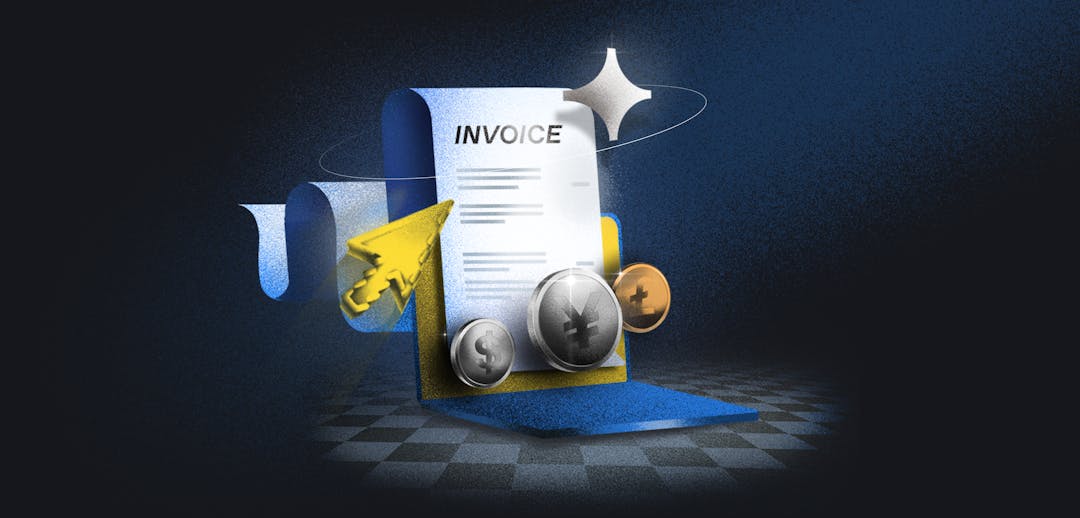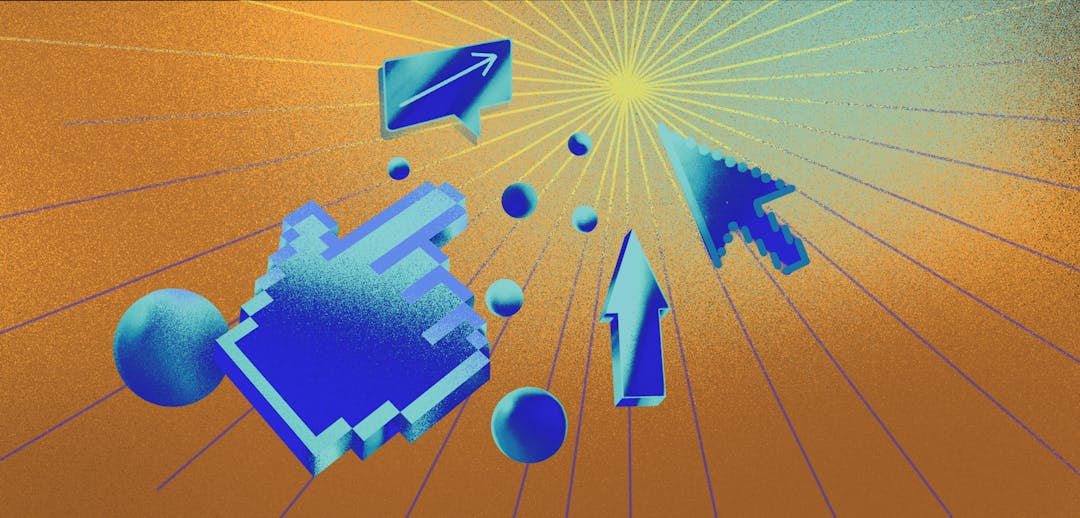Product-led growth (PLG) is the holy grail of SaaS sales motions. From higher conversion rates to faster international expansion, SaaS companies that succeed in their PLG quest grow 7.2% faster than SaaS companies using other sales strategies.
Every SaaS company wants to realize the benefits of PLG but getting there can be a long and arduous process. Should you take on this journey by yourself - overcoming all the obstacles along the way - or fastrack to the finish line with Paddle?
Path 1: Do it yourself (DIY)
Setting up a PLG motion in-house is not an impossible task, but it’s not an easy one either. The most common route to successfully launching a self-serve motion yourself starts with contracting directly with a payment gateway, then adding more tools to help with subscription management, billing, compliance and sales tax. But it also involves overcoming five main challenges:
- Engineering resource - PLG isn’t as simple as adding a ‘free trial/freemium’ to your product - you need to build the infrastructure that facilitates a self-serve motion. Asking your engineers to build a new whole product from scratch is expensive, but failing to invest in the necessary tools or engineering personnel will drain the current development team’s capacity.
- Monetization time - Building and integrating a PLG motion for your target market (and future markets) is a “growing time sink.” This not only slows down time to market, but with money flowing out on PLG development and not flowing in with subscription revenue, it adversely impacts cash flows too.
- True localization - The beauty of SaaS is its global nature and PLG is the launch pad for that growth. You can sell anywhere. But do you have the capacity to sell in multiple currencies, prices and languages? Are you willing to set up local bank accounts in each location to minimize payment failures? PLG is about letting your product sell itself and true localization is the only way to realize that international potential.
- Product optimization - In-house PLG requires immediate product value experience and frequent product updates to ensure customers sign-up, appreciate the product and upgrade their package. In addition, you will need large data infrastructure to ensure you capture key insights that help you optimize your product and PLG strategy.
- Sales tax - SaaS companies are liable for sales tax based on the location of their customers not their business HQ. Navigating different jurisdictions' sales tax regulations is both mentally and financially taxing as you need to learn how to register, file and remit taxes, as well as work out what rates to pay, when to submit and what proof is required for every territory you sell in (and more within that). Unless you can handle the international sales tax burden, you have to keep your PLG domestic or face hefty non-compliance fines.
Path 2: Paddle’s all-in-one billing solution
On the flip side, partnering with Paddle is like taking a shortcut to PLG success. Why? We do it all for you.
- Engineering resource - Instead of hiring developers to build all-new PLG infrastructure, Paddle takes on the operational burden for you. As a merchant of record (MoR), Paddle acts as a reseller or middleman in the transaction between you and your customer. As such, there’s no lengthy development nor internal wrangling on what’s best - you can just dive straight into new territories with a ready-made and optimized PLG motion.
- Monetization time - Relationships with local banks? Check. Multiple payment gateways? Check. Actionable reporting? Check. No matter where you sell, Paddle’s all-in-one payments infrastructure includes everything you need to sell your product and receive payments from Day 1, which not only speeds up time to market, but also enhances checkout conversion and minimizes involuntary churn.
- True localization - Selling in the UK, US and EU? Well, that’s 10 currencies to deal with (only 19 of the 27 EU countries use the Euro), 24 officially-recognised languages to sell in and a range of different pricing brackets to consider. Paddle’s MoR localizes the entire checkout for different markets - think local currencies, native languages, cultural nuances (i.e. date/script) and customer support - as well as adjusting pricing to local means, so you can increase revenue by up to 30% (SaaS companies with 25+ currencies also see 24.8% higher growth).
- Product optimization - Paddle’s dedicated team is constantly improving your payment acceptance and fighting against fraud, while you focus on optimizing your product. In addition, Paddle helps you stay on top of customer health with real-time performance-tracking metrics - ProfitWell Metrics by Paddle also lets you compare performance against 30,000 other SaaS subscription companies - and Paddle gives you a single source of truth for all your data. Easier to report, easier to manage, easier to grow.
- Sales tax - Sales tax, what sales tax? As an MoR, Paddle doesn’t just tell you how much tax you owe in each jurisdiction, we take on the full liability for the sales tax on purchases made through Paddle too. As such, we do all the registering, filing and remitting for sales taxes (and take the blame if anything goes wrong), so you can forget all about it.
- Facilitating product-led and sales-led motions - Whether your business is product-led, sales-led or both - Paddle can facilitate your entire growth journey. That includes integrating a self-serve checkout experience with free trials and facilitating the entire end-to-end sales-assisted billing process via our invoicing tool. That means you get a unified view of of your customer and account revenue.
At a PLG crossroads
Be it changing tax regulations or payment preferences, the SaaS landscape doesn’t sit still. As Paddle works with 3000+ SaaS companies, our dedicated team is constantly improving your PLG infrastructure, so you can focus on your product and UX.
If you’re still wondering whether to ‘do it yourself’ or let us ‘do it for you’, check out why SaaS companies like Iconosquare choose path 2 (and went from freemium to $6 million ARR).





